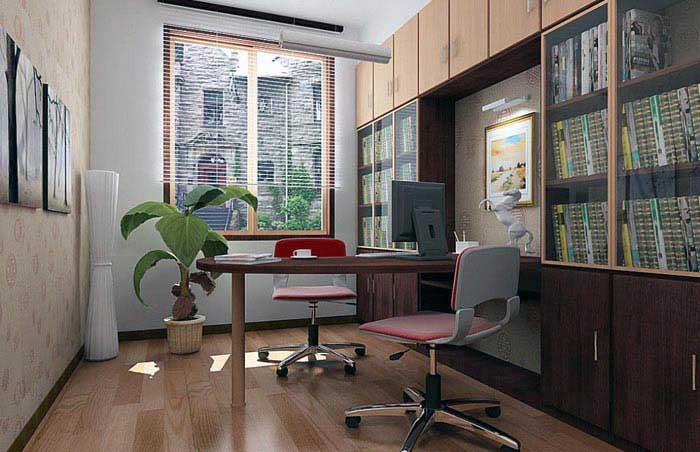The way you start the year has a huge impact on how much success it offers to your business. Obviously, we all want to do better this year than we did last, regardless of what kind of company you run. So, how do you make sure that will happen? Here are our six key tips to kicking off the next twelve months the right way.
•
Plan
In particular, small business owners often overlook this key step to success, assuming that managing the day-to-day operation of the company is more crucial than the overall business plan. This is a great way to work your fingers to the bone but run out of steam three months into the year. Instead, set clear goals for the year and keep them at the front of your mind as the days tick by.
•
Action
Don't just let those annual goals sit on a file on your computer. Keep them close and check on your progress every week. Set real deadlines for completion of each goal and be sure you hit the target on time.
•
Develop
Even successful companies need to develop and change as time goes by. The start of a new year is a great time to think about the things you can do to allow this development to take place as smoothly as possible. One great place to start is your company's website. Take a look at it and ask yourself how well it is selling your business to your target market.
•
Socialise
Does your business use social media? If not, it might be that you think it doesn't apply to your industry or the market into which you are hoping to tap. In 99% of cases, this would be a wrong assumption. The vast, vast majority of companies could improve their standing with intelligent social media. If you are already operating a social media arm, how is it helping your company? Perhaps you should consider changing your approach if you aren't seeing the dividends being paid.
•
Upgrade
Take a look at all the equipment you use on a day to day basis. How up to date is it? Could you gain from upgrading to more modern hardware and software? Use this time to look into what improvements can be made.




